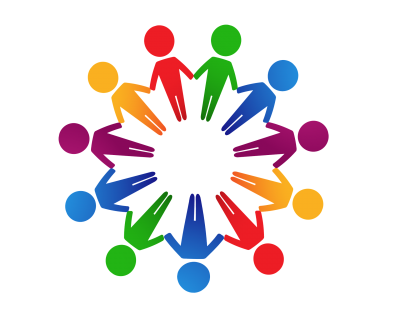by Karen Schwartz, Natasha Pei, Aaron Kozak, Academic and Community Co-leads and Research Assistant of the CFICE Poverty Reduction Hub
What is Collective Impact?
 Collective Impact is the model for effecting change embraced by the Poverty Reduction Hub’s community partners. Kania and Kramer coined the term Collective Impact in 2011, which includes five core strategies:
Collective Impact is the model for effecting change embraced by the Poverty Reduction Hub’s community partners. Kania and Kramer coined the term Collective Impact in 2011, which includes five core strategies:
- a common agenda,
- shared measurement,
- mutually reinforcing activities,
- continuous communications,
- and a backbone infrastructure.
When the Poverty Reduction (PR) Hub’s partner, Vibrant Communities’ local partners formed poverty reduction roundtables, the five conditions of collective impact were intuitively in place. Vibrant Communities Canada identified a shared approach, and each community developed a local strategy based on a common “agenda” design. The communities created a shared measurement framework that tracked progress not only locally, but also at the pan-Canadian level. Vibrant Communities formed the backbone infrastructure of the Poverty Reduction Hub.
Employing Collective Impact in the Poverty Reduction Hub?
The first unofficial step of the process was to build our relationship. The community co-lead and I had what I consider an ‘arranged partnership’. We needed to take the time to see how our personalities, goals, and work style fit with one another. As we both lived in different cities, we took the time to commute to each other’s work spaces as a way to enhance the conversation, equalize power, and learn each other’s professional lingo.
 Our first step was to establish a common agenda through ongoing conversations between the two of us. Once we had agreed on funding demonstration projects driven by Vibrant Communities’ members, while exploring their models of community campus engagement (CCE), we brought the agenda to the broader PR Hub for their input, review, and buy-in. This began our tradition of continuous communication where the hub co-leads make decisions equally, and regularly communicate them to project partners at monthly conference calls.
Our first step was to establish a common agenda through ongoing conversations between the two of us. Once we had agreed on funding demonstration projects driven by Vibrant Communities’ members, while exploring their models of community campus engagement (CCE), we brought the agenda to the broader PR Hub for their input, review, and buy-in. This began our tradition of continuous communication where the hub co-leads make decisions equally, and regularly communicate them to project partners at monthly conference calls.
Due to the vast distance between our project partners, once a year, the entire PR Hub would gather for a face-to-face meeting. We have rotated cities each time so that we learn about each other’s projects in a tangible, hands-on way. We would review the progress of the demonstration projects and discuss our on-going investigations into models of community campus engagement. These became our mutually reinforcing activities. We enjoyed our times together and made progress toward our goals.
The final strategy in collective impact is shared measurement. Annually, during the face-to-face meetings, project participants were asked to describe their relationships, and reflect on how their models had changed. This process, facilitated by internal evaluators and hub co-leaders, allowed participants to discuss, challenge, and weave narratives to accompany the visual representations of community campus partnerships around poverty reduction.
As a result, the narratives and visual representations of CCE, generated by our poverty reduction partners, can be used by other communities that seek a model or wish to build a specific community campus strategy of their own.
Collective Impact is an important tool for facilitating community campus engagement in order to have an impact on an important policy issue like reducing poverty. For more information please visit Tamarack Institute’s website and Liz Weaver’s blog.